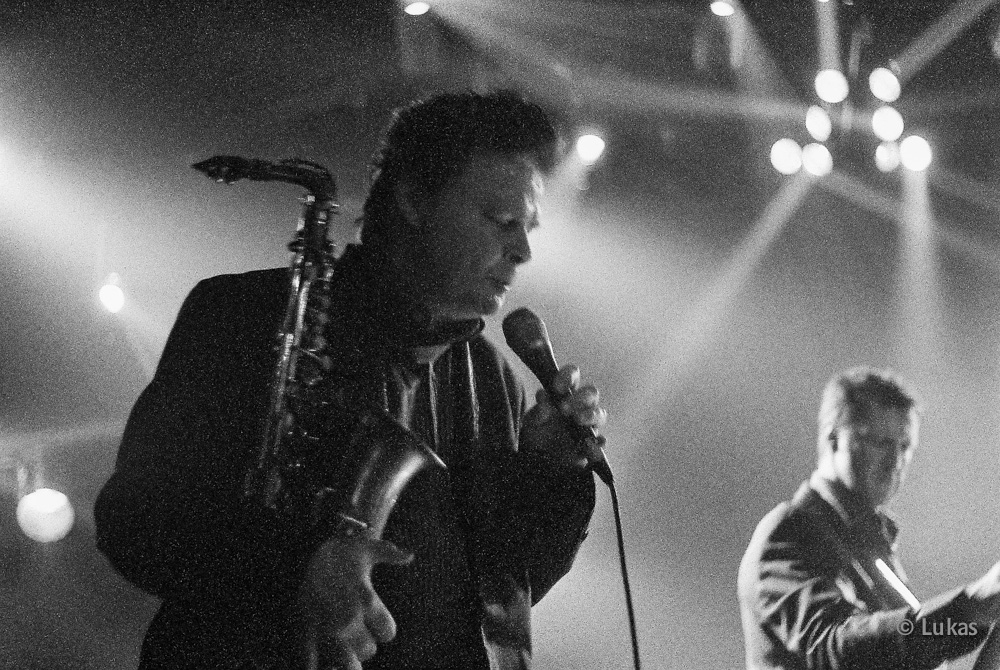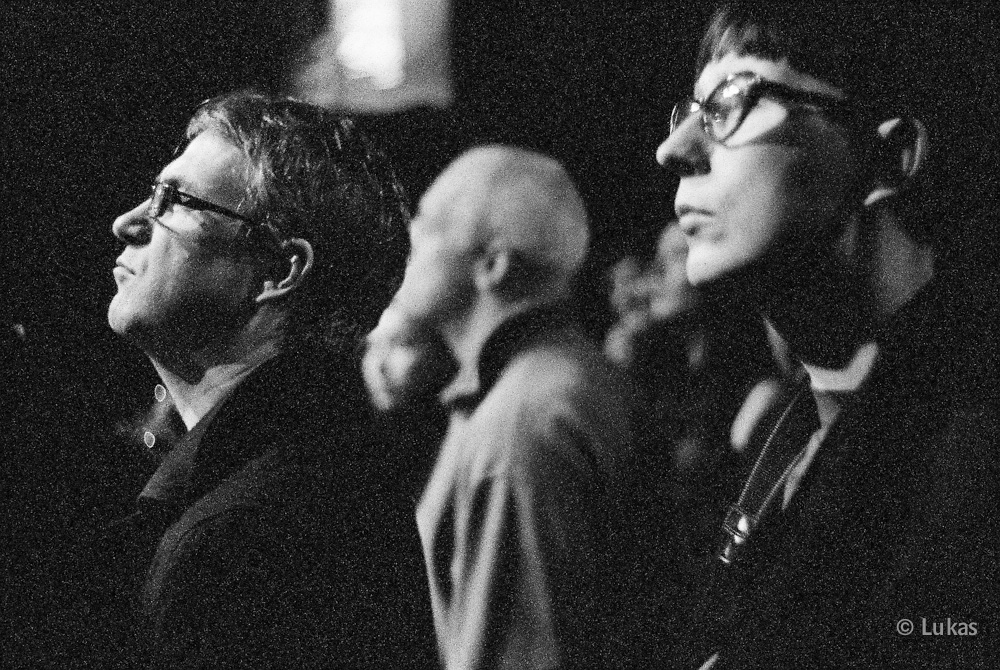Fawley
Well-known
There will always be enough light in the spotlite areas on the performers to expose TriX without pushing. So its really a choice of how much contrast you want. Shooting something like Ilford Delta 3200 will allow you to pick up much more shadow detail, if thats what you want. Pushing TriX in a situation like this has the danger of leading you to believe you have more film speed than you really do. Since you have such a large brightness range, its really a matter of exposing correctly no matter which film you use.





